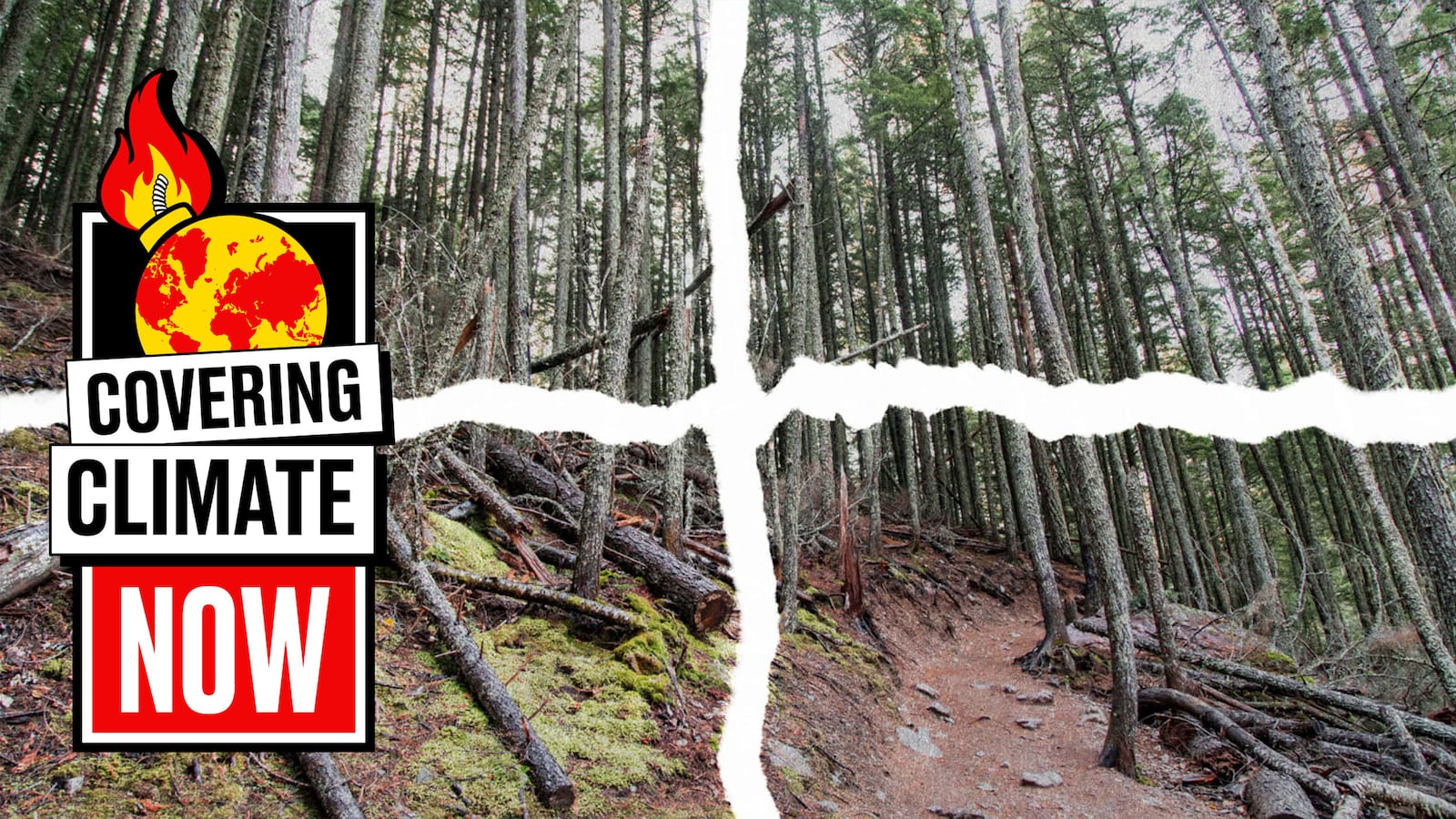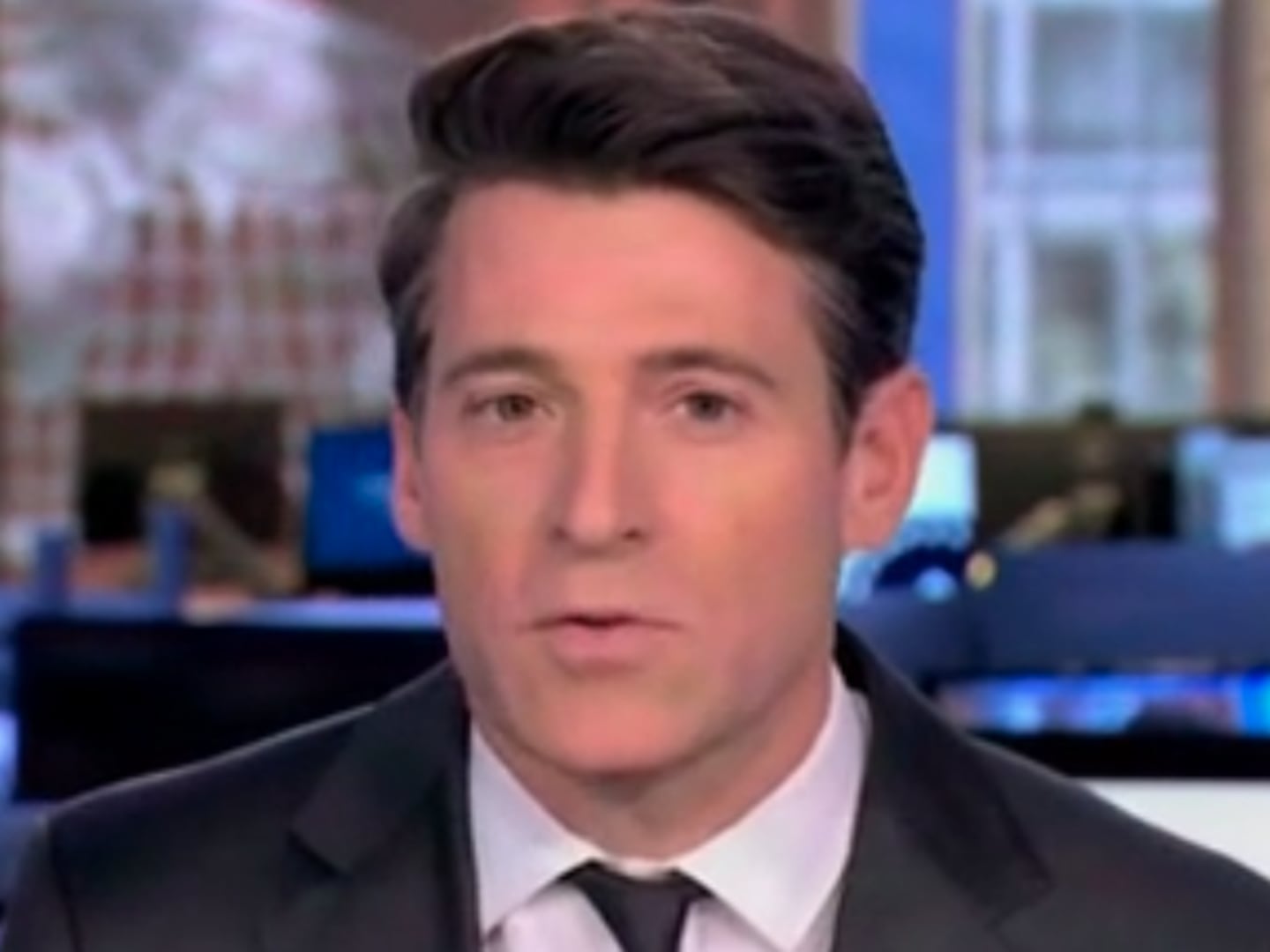Not every day-hike has a pay-off like that of the popular Avalanche Trail in Glacier National Park. It begins with a leisurely boardwalk through red cedars and hemlocks, intersects with the rolling waters of Avalanche Creek, and steadily climbs upward until its towering trees part and unveil the amphitheater of Avalanche Lake. The thundering cascade of distant waterfalls are the soundtrack to the lake’s serene turquoise water.
The amphitheater is arresting, though I have to admit that everything in Glacier is jaw-dropping. But as I stand there soaking it in, there is another feeling, a terrible one that I cannot shake—that one day, in the not-so-distant future, this lake and those falls will become shadows of their former selves, and eventually they may even go silent.
America’s national parks are now in the throes of irreversible climate change. The many iconic features that tourists take for granted today will likely be memorialized by future generations, rather than experienced.
We may take in the sight of glaciers, forests, flowers, or wildlife, but each of these depends on the other. Changes can cascade across a system, and—thanks to climate change—what we see today is not certain to be there, even in the relatively near future. As a recent study in Science suggests, unless there are massive greenhouse reductions soon, there will be a “global” transformation “that is ubiquitous and dramatic” within the next 100 years.
This is especially true of glaciers—the canaries in the global climate “mine”.
It is easy to think that glaciers, which are almost as old as the last ice age, will be here forever—but that would be an unrealistic assumption.
Just over a century ago, there were 150 glaciers in Glacier National Park, but today there are only 25—by current estimates, the park could be free of active glaciers by 2030. The disappearance of the very glaciers that gave the park its name will have long-lasting consequences. That raging water of the Avalanche Creek is an outlet of Avalanche Lake, which in turn is fed largely by the waterfalls (and seasonal snow melts or rain), and these waterfalls have their primary source in the Sperry Glacier.
But it is the Sperry Glacier that is disappearing fast, dropping in size by 75 percent since the mid-19th century, and 40 percent since 1966.
The disappearance of water sources like these affects more than hikers or vacationers; it has serious consequences on every scale, from the life of insects crucial to the ecosystem, to the huckleberry crop (an important food source for grizzlies), to the survival of other animals and plant life adapted to Glacier’s colder temperatures. Drier climates mean a greater threat from wildfires, and vanishing glaciers mean lost water during drought.
As it happens, Glacier National Park reached record temperatures of 100 degrees in August, which enabled the fast-spreading and damaging Howe Ridge Fire, wiping out thousands of acres of forest and private and public buildings.
This park, however, isn’t the only place these effects are being felt.
It is hard to miss the news that Yosemite National Park—and other parts of the West—have experienced similar setbacks with drought, high temps, and winds increasing the effects of wildfires. The park’s prized iconic glaciers, for example, Lyell and Maclure, have been retreating for over a century, and declining faster in recent years due to climate change, losing 80 percent of their surface area over the 85 years their size has been monitored.
Lyell and Maclure are primary sources for the Lyell fork of the Tuolumne River, which empties into the Hetch Hetchy Reservoir, an important resource for the water supply of San Francisco and agriculture in the region, as well as animal and plant life. A drier Yosemite means more threats from wildfires like that of this year’s Ferguson Fire.
In other words, the loss of glaciers is not simply a loss of an icon one can hike to, it the sign of greater shifts to come—a visual remodeling of the landscape and its inhabitants with substantive consequences. It is a reminder that nothing is permanent, especially now.
To paraphrase the philosopher Heraclitus, “you can never step in the same national park twice.”
And this is at the core of my unease—the sadness that we humans are horrible caretakers of this planet and these resources. Undoubtedly, the landscape that I now enjoy will eventually be the ledger of our mismanagement, laid bare for generations to see.
Before my visit to Glacier, I settled several days at Yellowstone National Park, where these shifts can be measured in trees.
Earlier warming seasons are increasing in Yellowstone, and in the Greater Yellowstone Area in general, and warmer winters are taking a toll on another iconic landscape feature, the whitebark pine tree. The tree is important to the survival of other species and the watershed; its nuts feed animals like the Clark’s nutcracker—which help to spread its seeds—and grizzlies, keeping the bears at higher altitudes and away from conflict with humans. Climate warming, however, enables the mountain pine beetle to attack the trees and increases the presence of white pine blister rust, leading to the decline and potential end of these forests.
Climate warming also makes higher temperatures and dryer conditions in Yellowstone more common today, shrinking the region’s wetlands and increasing the wildfire threats.
Not all the effects of climate change, however, are registered merely in destruction. Like glaciers, birds—perhaps, the actual canary in the mine— also signal the effects of climate change early on.
A recent study from the National Audubon Society and the National Park Service of 513 bird species across 274 national parks, says the park service should expect large shifts in populations by 2050, as birds find their regular summer and winter homes unsuitable due to climate change.
Many parks, like Theodore Roosevelt National Park, have a high potential for losing birds that are no longer able to survive under shifting climate conditions. Others, like Arches National Park in Utah, however, will discover that the loss of local species outnumbered by mass colonization of new birds seeking a more climate-friendly home. In fact, the big surprise of the study is that (like Arches) 60 percent of national parks will become more suitable for avian population colonization by the middle of the century.
In other words, the bird communities we seek out in our vacations to the national parks will be significantly different in the future. The avian color palette I enjoy today may not be the same when my nieces and nephews arrive with their families.
That may sound good to some; birders can travel less to find more birds, right?
There are, however, still a lot of unknowns and dangers—as is the case with extreme changes over short periods of time. Many of these birds may be competing for nesting spots in diminishing forests, decreasing food supplies, and water sources in parks plagued by drought and threats of wildfires. Parks are now the frontline for bird conservation.
To put it another way, it is important to preserve our parks for more reasons than just ensuring that Instagram galleries taken today look the same 50 years from now.
The litany of ongoing anthropogenic changes in the parks can seem never-ending. A study released by the National Park Service earlier this year shows, for example, that coastal parks with historic sites and islands are under threat from rising sea levels and storm surges. And I want to be hopeful about our ability to preserve our natural spaces, their icons, and even resist climate change.
I want to be hopeful, but I don’t believe it is warranted.
This August, for example, the Trump administration announced new rules called the Affordable Clean Energy (ACE) Rule, setting out with a Thanos-like expediency to end the Obama era Clean Power Plan’s efforts to save the planet. The Obama plan set standards to reduce U.S. production of greenhouse gases by 32 percent by 2030—just about when Glacier National Park may lose its active glaciers.
Trump's plan also has no lofty goals of lifting us out of our carbon addiction.
An analysis from the administration’s own plan admits ACE will cost human lives in an effort to benefit coal companies—anticipating an increase in CO2, health-damaging pollutants, and premature deaths to upwards of 1,400 annually. The climate outlook is grim, with a new U.N. report showing that the 2015 Paris agreement, which limits the global temperature rise to no more than 2 degrees C, is not enough. The report states that 1.5 degrees C, while still leaving a permanent scar on the globe, is needed, requiring an immediate withdrawal from our carbon addiction.
Even worse, the administration’s recent environmental impact statement admits that the global temperature will rise 7 degrees Fahrenheit (approximately 4 degrees Celsius) at current rates—a devastating scenario they are treating as inevitable and using as an argument against focusing on emissions controls.
This ambivalence toward the environment and human life, and this administration’s continual attempts to roll back land, species, and natural resource protections, is a reminder that many lawmakers choose their pocketbooks over their planet.
It brings to mind John Muir’s words about the Giant Sequoia—a tree that found its legendary capacity for survival tested during the prolonged droughts in California in recent years.
“Any fool can destroy trees,” writes Muir, “They cannot defend themselves or run away...God has cared for these trees, saved them from drought, disease, avalanches, and a thousand storms; but he cannot save them from sawmills and fools; this is left to the American people.”
So as I sit on a fallen tree along the edge of Avalanche Lake and listen to the falls in the distance, I decide to get up and take a few more pictures. Because if defending our parks is a task left to the American people, and specifically its leaders, then we’ll likely need photos for our future memorials.






